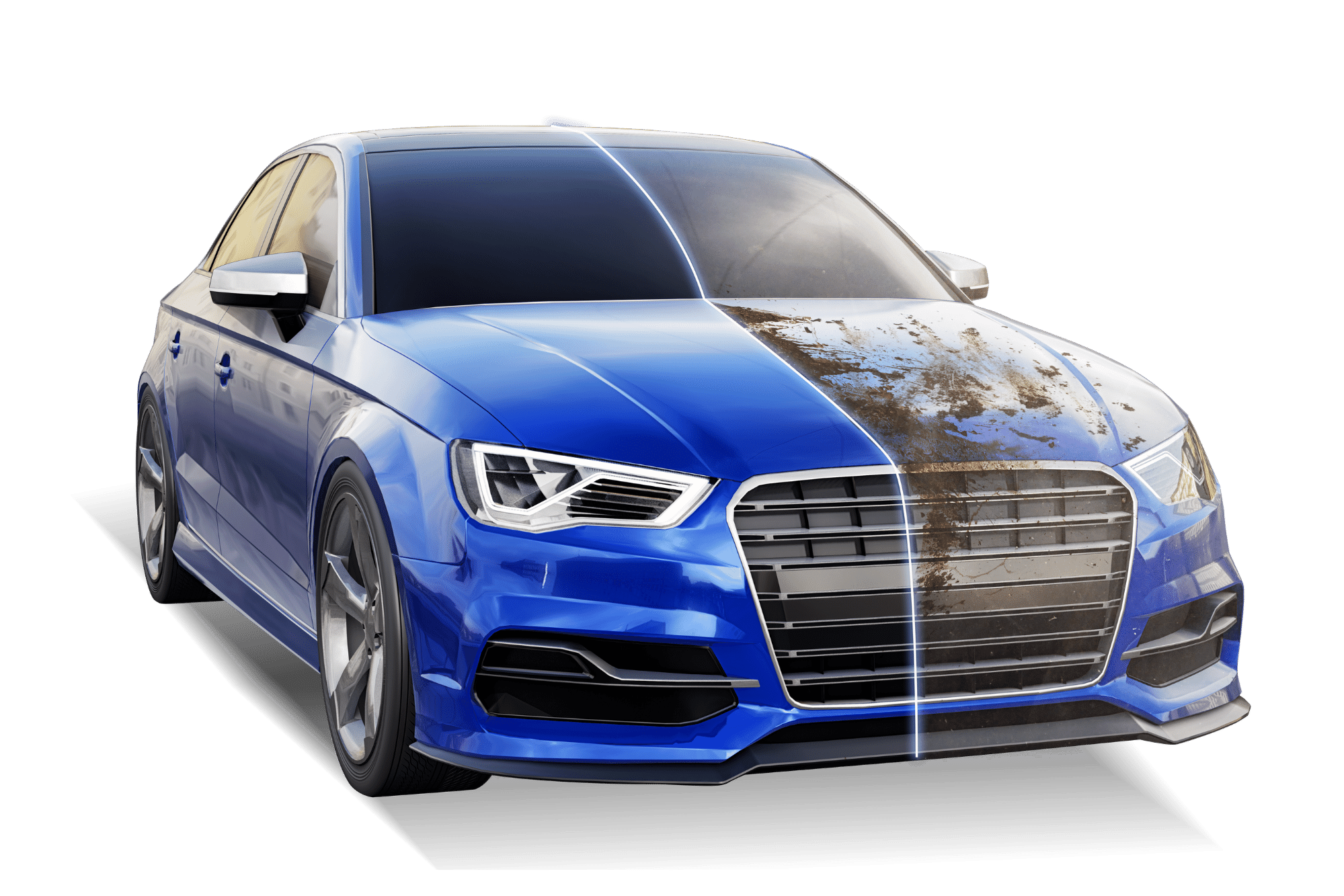Find specialized auto detailing to keep your car looking like new.
Find specialized auto detailing to keep your car looking like new.
Blog Article
A Comprehensive Guide to the Kinds Of Ceramic Finish on the marketplace
Ceramic layers have actually become an essential remedy throughout various markets because of their distinct buildings and applications. From silica-based solutions recognized for their effectiveness to hybrid alternatives that combine several benefits, the options available can be overwhelming. Comprehending the nuances of each type, including their specific benefits and perfect usage instances, is crucial for making informed decisions. As we discover the distinct attributes and applications of these finishings, the ramifications for efficiency and longevity end up being significantly noticeable, increasing inquiries concerning which kind could best fit your needs.
Understanding Ceramic Coatings
Ceramic coatings are advanced safety remedies that have actually gained appeal in different sectors, specifically in automotive and aerospace applications. These layers are composed of a fluid polymer that, when healed, develops a long lasting, hydrophobic layer externally of the substrate. This layer offers enhanced resistance to environmental impurities, UV radiation, and chemical direct exposure, therefore extending the life and visual appeal of the underlying material.
The basic component of ceramic layers is silica, which adds to their solidity and longevity. The application process generally includes surface prep work, application of the layer, and healing, which can be achieved through heat or UV light. Once treated, ceramic coverings show phenomenal bonding homes, allowing them to stick highly to a variety of surface areas, including steels, plastics, and glass.
Along with their protective functions, ceramic coverings also use simplicity of maintenance. Their hydrophobic nature minimizes the adherence of dirt and crud, making cleaning simpler and less frequent. In general, the fostering of ceramic layers stands for a substantial advancement in surface area protection modern technology, supplying both useful and aesthetic benefits across multiple fields.
Kinds of Ceramic Coatings
Numerous types of ceramic finishes are available, each designed to meet specific efficiency demands and applications - Paint Protection Film. The most common kinds include:
Silica-based Coatings: These layers mainly include silicon dioxide and are known for their toughness and chemical resistance. They are extensively utilized in auto and industrial applications.
Titanium Dioxide Coatings: Popular for their photocatalytic residential properties, titanium dioxide layers are usually applied in environments where self-cleaning and antifungal residential or commercial properties are desirable, such as in structure products and auto surfaces.
Zirconia Coatings: Characterized by their high-temperature security and thermal resistance, zirconia coatings are utilized in applications such as wind turbine engines and high-performance vehicle elements.
Alumina Coatings: Showing superb firmness and thermal stability, alumina coverings are frequently utilized in wear-resistant applications, consisting of cutting devices and commercial equipment. - ceramic coating sarasota
Crossbreed Coatings: Integrating the buildings of different products, crossbreed coverings offer boosted performance qualities, making them ideal for distinct and requiring applications.
Each sort of ceramic covering serves distinctive purposes, enabling users to pick one of the most appropriate service based on particular ecological conditions and performance demands.
Advantages of Ceramic Coatings
Ceramic layers, in certain, deal various benefits that make them progressively popular among manufacturers and customers alike. These layers are resistant to scrapes, chemicals, and UV rays, making sure that the underlying surface continues to be protected over time.
In enhancement to toughness, ceramic finishings offer outstanding hydrophobic residential or commercial properties, allowing for very easy cleansing and upkeep. This water-repellent nature reduces the adherence of dirt, gunk, and other contaminants, which can lengthen the aesthetic appeal and performance of the surface area. Moreover, ceramic finishes can considerably boost thermal resistance, making them ideal for applications that sustain heats.

Application Refine
When applying ceramic finishes, a precise technique is essential to attain optimum outcomes. The application procedure generally begins with complete surface prep work. This involves cleaning, sanitizing, and brightening the surface to eliminate all impurities, consisting of dirt, grease, and prior waxes or sealers. A clean surface makes sure appropriate bond of the finish.
As soon as the surface is prepped, the following action is to apply the ceramic finish. This can be done utilizing an applicator pad or a microfiber cloth, making sure also protection. It click to find out more is essential to work in small areas to keep control and avoid early treating. The covering needs to be applied in slim layers, as thicker applications can cause irregular finishes.
After application, the covering needs a details curing time, generally ranging from a few hours to a full day, depending on the product. Adhering to these actions carefully will optimize the efficiency and long life of the ceramic coating, offering a sturdy protective layer for the surface.
Upkeep and Long Life
To ensure the longevity and performance of a ceramic finish, normal upkeep is essential. Ceramic layers, recognized for their resilience and safety qualities, need certain treatment routines to maximize their lifespan and efficiency. The very first step in maintenance involves routine washing with pH-neutral soap, staying clear of harsh chemicals that can weaken the coating. It is suggested to wash the vehicle frequently, preferably every two weeks, to prevent the buildup of impurities that can jeopardize the finishing's integrity.
In addition to normal washing, routine assessments are critical. Seek indications of wear or damage, such as hydrophobic residential or commercial properties lessening or surface imperfections. visit homepage If required, a light polish may be applied to revitalize the coating without removing see it away.
Furthermore, the application of a booster spray can improve the coating's hydrophobic results and restore its gloss. This is particularly helpful for coatings that have remained in usage for a prolonged duration. Ultimately, by adhering to these upkeep practices, one can dramatically expand the life of a ceramic coating, guaranteeing that it remains to provide optimal protection versus ecological factors and maintain the visual appeal of the vehicle.
Final thought

Report this page